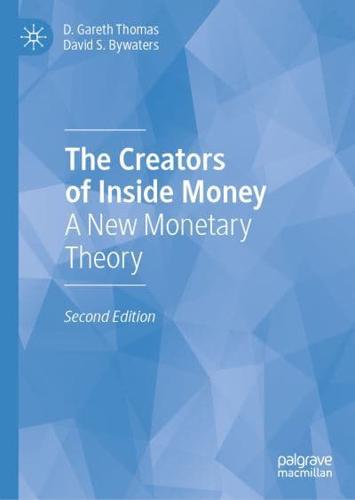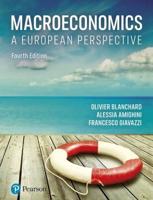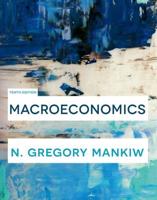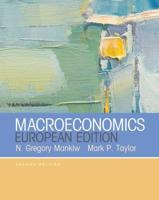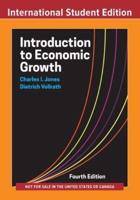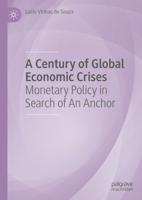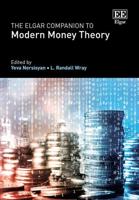Publisher's Synopsis
This second edition updates and extends the original foundations of the loanable funds model. It develops a new monetary model of inside money, which is created by the commercial (or retail) banks, drawing on the events of 2007/08 that led to the Great Recession and fragile economy of today. Coronavirus is likely to cause another downturn of economic activity, from the perspective of late 2020 as this is written. That will represent a long-period of subpar, anaemic growth, which has not been satisfactorily explained by the traditional theory in the form of neo-classical analysis. The reason may lie with the adoption of a body of theory based primarily on a barter system of exchange but sometimes with one commodity used as money to try to explain a dynamic, monetary economy of today. Money has evolved from a system of barter to become a medium of exchange based on fiat money and credit currency underpinned by legal tender, and therefore, a creature of law. If households and firms lose confidence in the banking system, they can withdraw their deposits in the form of cash as a medium of exchange, which must be accepted in exchange for goods and services as legal tender.
This book highlights the importance of how money is created or destroyed endogenously and derives the loanable supply of funds in conjunction with the demand within a revised analysis of monetary theory, with a new emphasis on portfolio theory. It applies critical thinking and the realization of a more precise formulation of the loanable funds theory to final year and postgraduate students in particular, with various features systematically added such as the catastrophe framework and Minsky's theory of changing states in an attempt to derive a fully dynamic model. There is a new framework using aggregate demand and supply analysis to explain inflation. This will be reinforced at each stage by the inclusion of revised and updated case studies, graphs and figures to give an international setting and application